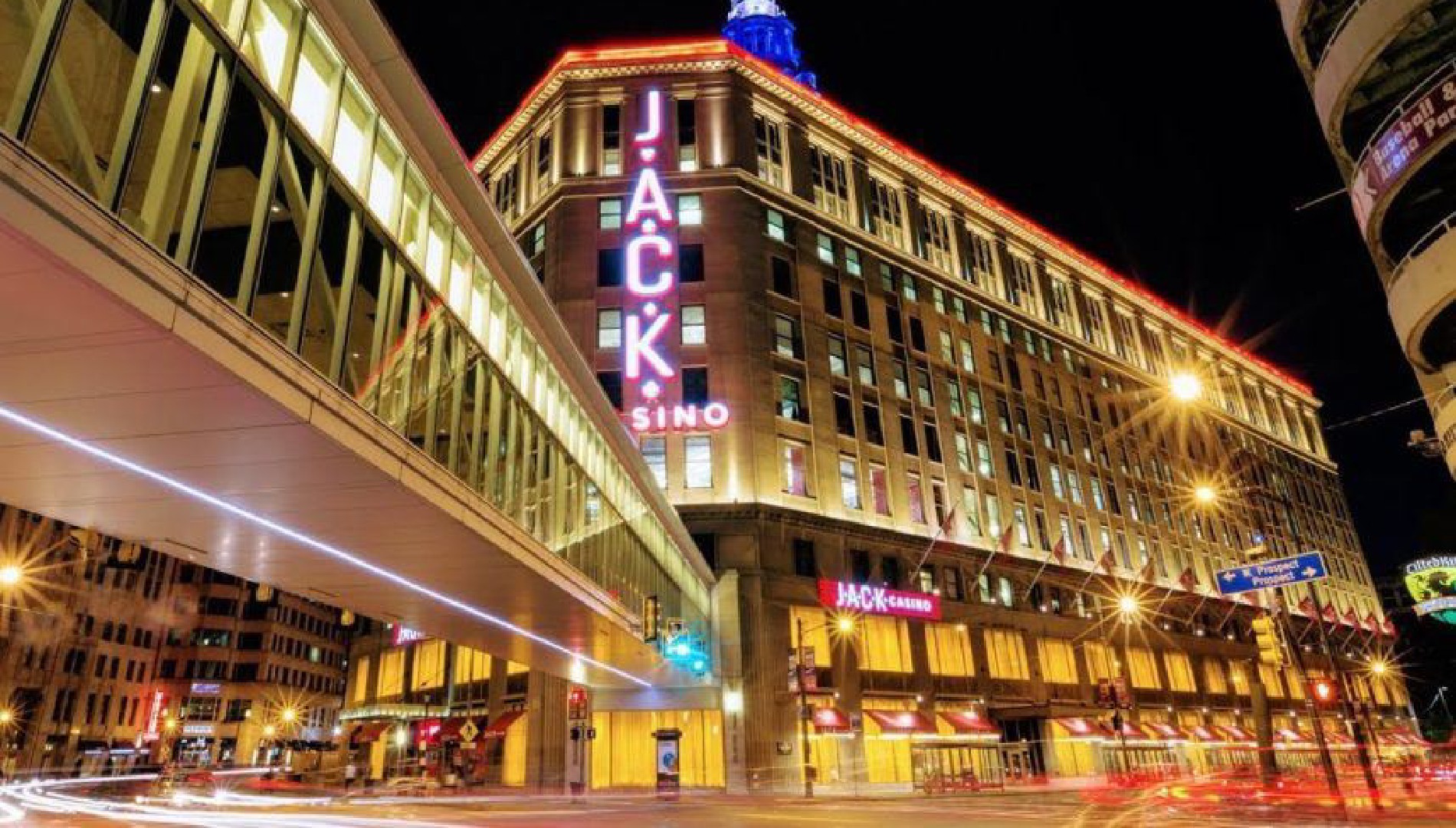Ohio Gaming Revenue Down Nearly 11% in January
The first quarter of 2019 saw a roughly 11% decline in gaming revenue in Ohio. The poor performance of Ohio's casinos in January coincided with a national trend indicating that players may be cutting back on their expenditures.
In Ohio, there are four casinos with slot machines and live dealer table games, as well as seven racinos with VLTs. Sports betting is available on-site at casinos and racinos. In addition, there are online sportsbooks in the state.
The Ohio Lottery, which oversees the racinos and calculates the gross gaming revenue (GGR) for each establishment, said that the total amount of VLT venues in January was $100.8 million. Over the course of the month, 10,285 video lottery machines were run by the seven racinos combined.
The $100.8 million that the properties got from the VLTs was a 9% decrease from the $110.8 million that they won in January 2023.
The combined gross gaming revenue (GGR) of Ohio's four casinos—JACK Cleveland, Hollywood Columbus, Hard Rock Cincinnati, and Hollywood Toledo—was $75.2 million. Compared to January 2023, their 6,225 slots and 352 tables won roughly $10.9 million, or 13% less.
Ohio's gaming winnings in January came to a total of $176.1 million, a sharp decline of about 11% from the previous year.
Top-grossing casino JACK Cleveland had a GGR of $21.1 million, an 8% decrease. The leading VLT venue was MGM Northfield Park, which saw a 9% fall in GGR to $22.2 million.
Sports Parlay
In addition to significant losses at the racinos and casinos in the state, sportsbooks also had a rough January 2024.
The net win of oddsmakers fell by 46%, from about $210.5 million in January 2023 to $113.2 million in January 2024. From more than $1.11 billion in January 2023 to $810.4 million, bettors took on far less risk. With $792 million, practically all of the activity was in online books.
The Ohio Casino Control Commission, which is in charge of the four casinos as well as sports betting online, at racinos, and in casinos, has instructed sportsbooks to take down player props featuring college student-athletes. Regarding the allegations that student-athletes are put at greater risk by props dependent on a college player's success, the NCAA and Governor Mike DeWine (R) asked for the adjustment. The main issues are that athletes are being threatened and harassed at games, as well as verbally attacked on social media.
1.5% of all sports wagers made last year, according to the OCCC, were on college players as props.
Cooldown of Casinos
Another record was broken by the commercial gambling sector in the United States last year. $66.5 billion was won by non-tribal casinos, sportsbooks, and iGaming websites, a 10% rise over the previous year.
But things didn't start off this year the way industry participants had intended. Many states, including New York, New Jersey, Pennsylvania, Louisiana, Mississippi, Indiana, Michigan, Maryland, and Massachusetts, saw drops in their brick and mortar earnings in January. Win was also down on the Las Vegas Strip.
The nation's total gaming expenditure is still high since internet gaming profits have more than compensated physical gaming losses.
However, casinos value their physical patrons more than their online or iGaming sports bettors.
Usually, they buy dinner and drinks, occasionally spend the night, shop, see a performance, or have a massage.
The overhead for iGaming is far lower than that of a physical casino. However, third-party operators receive a large percentage of those gambling proceeds. Taxes on online earnings are frequently far greater than those on in-person winnings.
